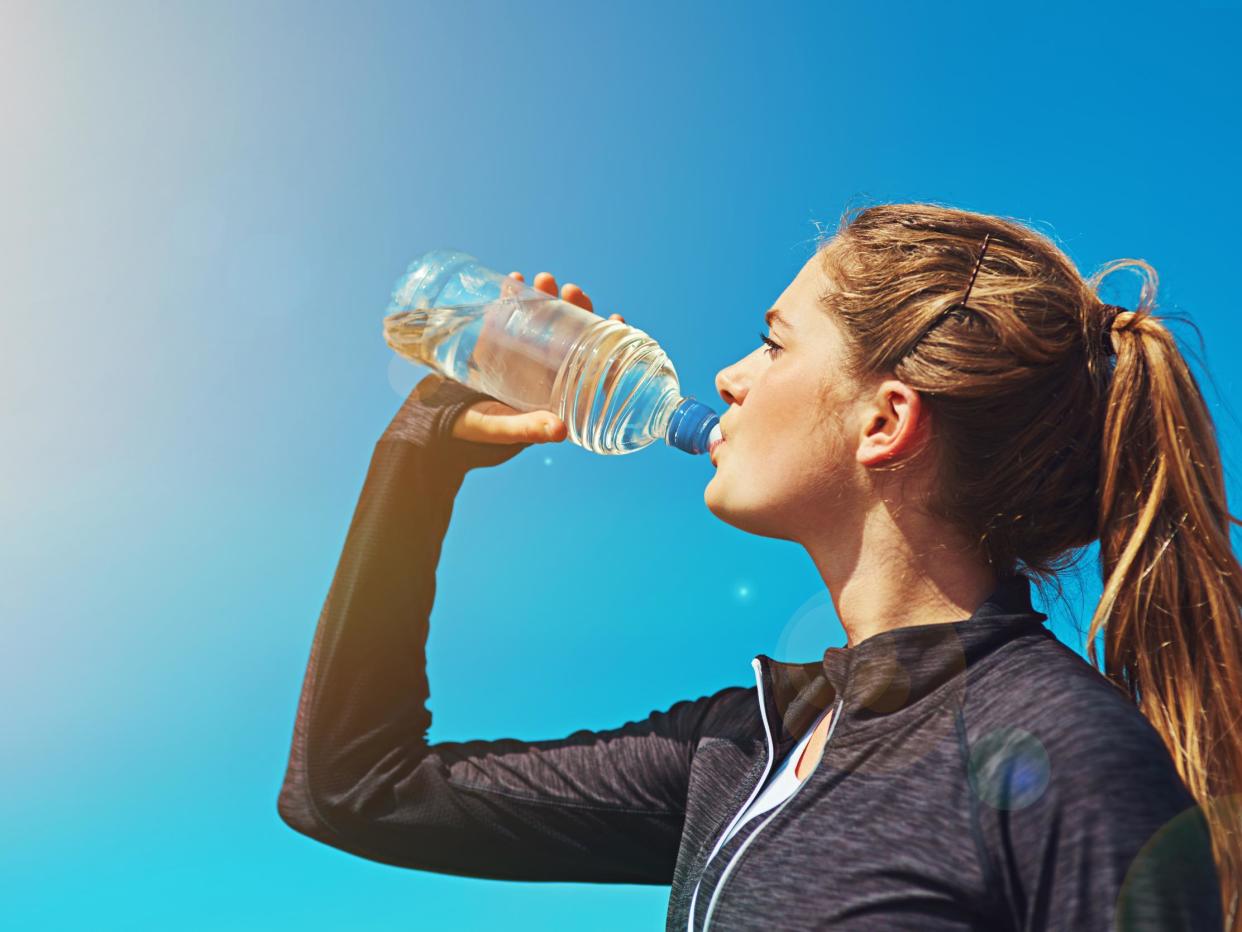World health chiefs call for more studies on microplastics in drinking water

More research into the health risks posed by rising amounts of microplastics in drinking water should be conducted, according to World Health Organisation (WHO) chiefs.
Scientists believe the threat is potentially three-fold – the physical risk of the particles themselves, the chemicals leached from degraded plastics and “biofilms”.
Biofilms are microplastics that have been colonised by microorganisms, which can possibly cause infections.
WHO is also calling for an urgent reduction in plastic pollution to reduce the global population’s exposure to such potentially harmful substances.
Human-made microplastics – minute fragments of plastic – have become so ubiquitous that they have been found in extreme concentrations in the Sargasso Sea in the Atlantic, in Arctic snow and remote Scottish seawater.
Wildlife species from sea turtles and whales to mosquitoes and marine birds have all been found to have ingested them.
They are also commonly found in both tap and bottled water.
WHO scientists said in a report that it is difficult to gauge the potential impact on human health if concentrations in drinking water continue to rise.
Based on existing data, the risk to health posed by microplastics is judged to be low because experts say particles larger than 150 micrometres are unlikely to be absorbed into the human body through the gut.
Scientists expect the uptake of smaller particles to be low, but said the data on the absorption and distribution of nano-sized particles was extremely limited.
One study found the average person eats and breathes in up to 120,000 particles.
Despite public concern over microplastics in the food chain, the report found treatments are very effective at removing them from drinking water.
Louise Edge, head of Greenpeace UK’s ocean plastics campaign, said: “This is a research gap that must be filled. In the meantime, we know that plastic is harming our marine wildlife, and the fossil fuels needed to make plastics are contributing to our climate emergency. Governments and businesses must, as the WHO recommends, urgently reduce plastic production.”
http://players.brightcove.net/624246174001/default_default/index.html?videoId=5837728067001
Support free-thinking journalism and subscribe to Independent Minds
Javier Mateo-Sagasta, of the International Water Management Institute, said: “Banning single-use plastics such as plastic bags and plastic bottles is a growing trend. But more broadly we need to rethink how to design, produce, consume and dispose of the plastics that we’ll still use in the decades to come.”
Banning or substituting ingredients such as abrasives in toothpaste and skin cleaners or for industrial purposes looked more cost-effective, he said.
“Microplastics can also originate from the abrasion of large plastic objects during manufacturing or maintenance such as the erosion of tyres when driving or the abrasion of synthetic textiles during washing. Here, solutions need to include new engineered materials and smart design, such as clothes that shed fewer fibres or washing machines equipped with filters.”
Additional reporting by Press Association
Read more
Microplastics discovered in Arctic snow
Microplastics from car tyres ‘may be stunting children’s lung growth’
Average person consumes up to 120,000 microplastics every year
Microplastics can ‘travel by air and pollute mountains 100km away’
Microplastics are ‘most common waste found along Mediterranean coast’

 Yahoo News
Yahoo News 
